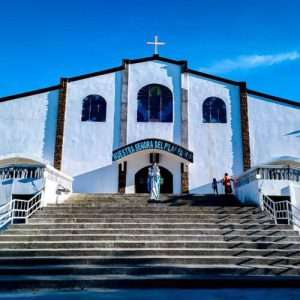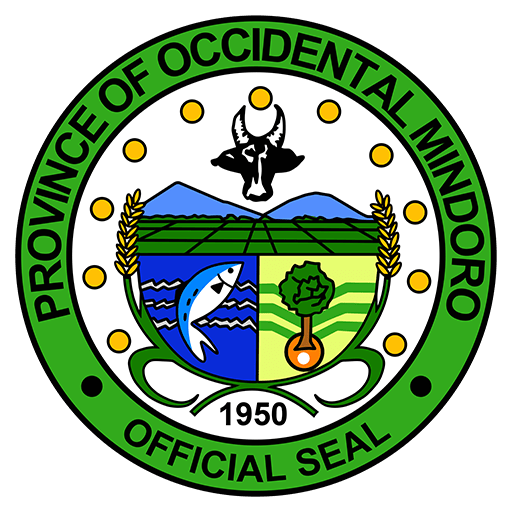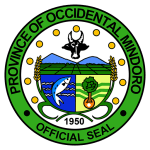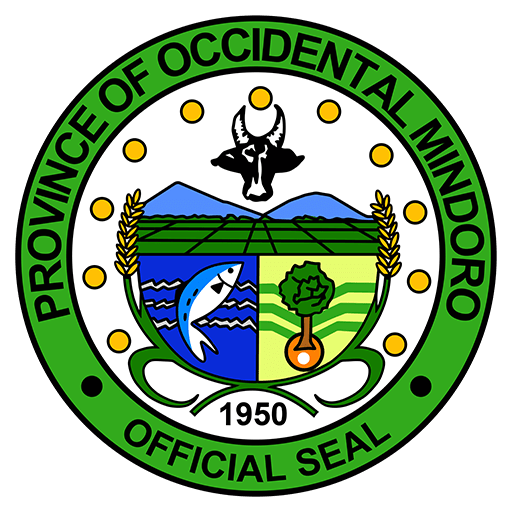QUICK LINKS
FOR INQUIRIES
- email us at
Do you have an account?



Faith Tourism

LOCATION: Mamburao, Occidental Mindoro
DESCRIPTION: The center and home of the Christian beliefs of the Roman Catholic. Every October, the town celebrated the Nuestra Senora del Pilar Feast to honor the patron of the municipality.
![]()
LOCATION: Lubang, Occidental Mindoro
DESCRIPTION: The Santa Cruzan the way it should go as a cultural and religious heritage: a Catholic festival celebrating the recovery of the lost cross where the Christ Jesus died, which the Queen Helena, now a saint, is being celebrated during the month of May on the Island of Lubang. It was originated from our ancestors especially the Romans since it was on their beliefs and traditions. These days, for many years Lubang folk take pride in the daily procession for the Santacruzan that takes up practically the whole month of May;Locals say it could not be changed because it has existed that way for so long. There are daily patrons who enlist way before the Sandalan would start in late April or early May.
![]()
CODE: 202
LOCATION: San Jose, Occidental Mindoro
DESCRIPTION: This historical site can mainly be found beside the Santisima Trinidad Church, wherein this site is the former adoration chapel of the community when Santisima Trinidad was not yet built.
![]()
CODE: 202
LOCATION: San Jose, Occidental Mindoro
DESCRIPTION: Located in Poblacion 7 is the San Jose Cathedral that was built by Fr. George Koschinski, SVD in July 10, 1961. It was in September 30, 1962 that the First Holy Mass was conducted in the house of worship.
![]()
CODE: 202
LOCATION: San Jose, Occidental Mindoro
DESCRIPTION: In 1843, a wooden church with a belfry was constructed by the Spanish missionaries. It was on 2011 when the assigned Fr. Fernando Suarez replaced the house of worship into adorable chapel.
![]()
CODE: 204
LOCATION: San Jose, Occidental Mindoro
DESCRIPTION:
This historic monument of the heroic struggle for liberation was unveiled and blessed on the 15thg day of December, 1948. It was donated to the municipal government of San Jose by the faculty members and students of Southern Mindoro Academy (SMA), the first non-sectarian high school in Occidental Mindoro. They wanted to honor the valiant men and women who resisted during World War II the occupation of this town by the Japanese Imperial Army and at the same time commemorate the landing of the U.S. led Liberation Forces in the shores of San Jose on December 15, 1945.
![]()
CODE: N/A
LOCATION: Paluan, Occidental Mindoro
DESCRIPTION: “In 1580, the island of Mindoro was a part of the Corregimiento of Bonbon or Batangas. The missionaries belonging to the Franciscan Order were the ones taking care of the spiritual welfare of the people living inside the corregimiento. They created the Parish of Calavite and constructed a big church at the center of the parish. The names of Fr. Juan de Porras and Fr. Esteban Ortiz were mentioned as two Franciscan friars who were assigned here. Among the duties of the priests assigned on Calavite was to visit the people in other parts of West Mindoro – History of Paluan by Rudy Candelario translated in English by Benjamin Walata”
The Church Ruins of Pinagbayanan now stand in deep silent grandeur. The inner walls of the church are almost intact even that of the kampanario (belltower). The walls of the two adjacent rooms that might have once served as the sacristy or kumbento are still amazingly Sturdy in most parts. There used to be a huge pit in the altar end and the pile of rock and earth covered almost half the floor area. Reports say this was caused by Several private treasure hunting expeditions during the last few decades. Local accounts say that one treasure hunting venture found human bones buried below which they presumed to be non-Filipino because of their unusual size. The bones were returned in the hole according to the locals.
The outer wall/fence in-front facing west is comparatively not as tall as that of the south and west walls. The north wall to the left of the ruins is the tallest of all the existing walls. The east wall facing the mountain is almost non-existent. Centuries of erosion already toppled down most of it and covered the area with stones and mud soil. Suffering from grave neglect, the front
which I suspected might have once had a plaza was dug and turned into a cassava field the previous year by a local Iraya Mangyan family that claims ownership of the area. Research also show that there was indeed a flooring of stone flooring with concentric circle design in front of the main west facade. A concrete road originating from the beach was reported and accounts say that it ended in the area of the church ruins. Massive blocks of cement are found scattered in the seabed too which I suspect were parts of an ancient port/pier. These are among the many bare-naked signs in and around the ruins, that five centuries ago, the Pinagbayanan had once been a thriving and very important area of faith, politics and commerce. For decades, when one talks about Sitio Pinagbayanan, the Church Ruins is always the subject of discussion. But due to the efforts of pal2rismo, the public are now also made aware of the other wonders located in and around Sitio Pinagbayanan. Simultaneously, the public are also encouraged to appreciate and care for these wealth and pride of Paluan. To easily fill up one’s itinerary while in Pinagbayanan or be able to change one’s wallpaper every five minutes if one wishes, around twelve (12) waterfalls are near Sitio Pinagbayanan, almost all are within walking distance; an ancient sacred river and baptismal site; shipwrecks; an Iraya-Mangyan Village; a pristine beach with a spectacular Sunset; a coral reef perfect for snorkeling; a trail leading to the top of Mt. Calavite and a whole lot more are waiting in Pinagbayanan to tickle one’s senses. Personal observation surmised that the migration of men from the north in their search for sustenance or religious cause centuries ago could actually be accidental; But, the obviously abundant natural, historical, cultural wealth of this area and the Tourism initiated promising future of Sitio Pinagbayanan could easily be concluded too as part of its destiny and a generous God’s master plan.
![]()
CODE: 202
LOCATION: Sablayan, Occidental Mindoro
DESCRIPTION: Established as a parish in 1843 by the Augustinian Recollects, its stone church and convent was built from 1861-1866 under the leadership of Fr. Jacinto Perez De San Agustin. It was partially damaged by a tsunami in 1877 but was restored under Simeon Mendaza De Ibernalo from 1877-1879. In 1954, it was rebuilt after sustaining damage during World War II and restored by the National Historical Commission from 2017-2018, and subsequently declared a historical landmark.
![]()
CODE: 604
LOCATION: Lubang, Occidental Mindoro
DESCRIPTION: The word Penance derives from old French and Latin Poenitentia, meaning repentance, the desire to be foregiven. But traditionally, Penance has been viewed as punishment and varying with the character with the offences committed. Penitensya, the Filipino term for Penance, is a tradition being held by the Filipinos during holy Week, especially on Maundy Thursday and Good Friday.
Pabasa ng Pasyon is a Catholic devotion in the Philippines popular during Holy Week involving the uninterrupted chanting of the pasyon, an early 16th – century epic poem narrating the life, passion, death, and resurrection of Jesus Christ, The verses are based on the bible and practiced every holyweek.
![]()
CODE: 604
LOCATION: Abra de Ilog, Occidental Mindoro
DESCRIPTION: Found in the municipality of Abra de Ilog, you can have your pilgrimage to the peak of Krus na Parang as your devotion especially during Holy Week. This is where most Mindorenos trek during those sacred days to show their faith and steadfastness as a Christian.

 Occidental Mindoro
Occidental Mindoro 



















